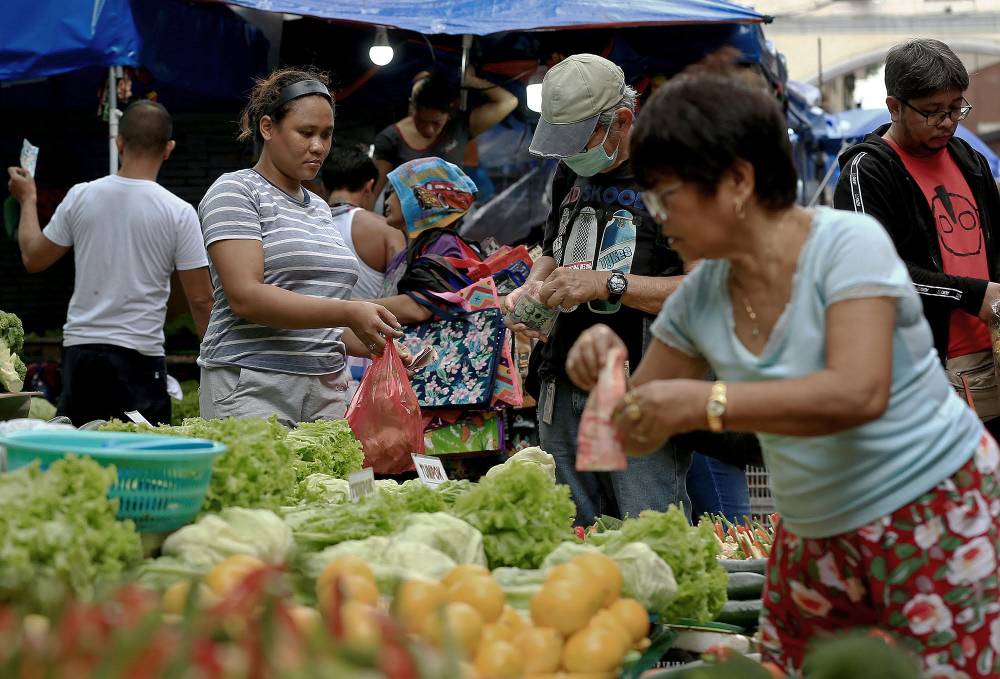Dec 2024 inflation pegged at 2.7%

Inflation might have sped up in December amid the usual demand-side pressures during the holiday season and the lag effects of the typhoon onslaught on food supply, but the uptick would not be enough to push the average 2024 price growth beyond the central bank’s target range.
An Inquirer survey of 11 analysts yielded a median estimate of 2.7 percent for December inflation, which is measured by the consumer price index (CPI).
If the prediction comes to pass, the figure that the Philippine Statistics Authority (PSA) will report on Jan. 7 would be higher than the 2.5-percent CPI reading in November.
The estimated 2.7 percent inflation for December would, in turn, put the 2024 average to 3.2 percent, which would be the first time in three years that the annual price growth would settle within the 2 to 4 percent target range of the Bangko Sentral ng Pilipinas (BSP).
Overall, the December projection of economists polled by the Inquirer was within the 2.3 to 3.1 percent forecast range of the central bank for the month.
Ruben Carlo Asuncion, chief economist at Union Bank of the Philippines, said the faster price gains last month was partly due to the seasonal surge in demand during the Christmas shopping season.
“The slight uptick in December CPI may have come from seasonal demand largely from the broad food items, particularly ‘noche buena’ food stuff, that would historically have cyclical upticks,” Asuncion said.
Ella Oplas, economist at De La Salle University, believes that demand-side price pressures might have been too strong last month because of the holiday rush. She penciled in an above-target December inflation rate of 4.1 percent, the highest among the analysts in the poll.
“I would like to believe that there was a heightened economic activity last December … especially in the last two weeks,” Oplas said.
Supply-side
But beyond demand, Sarah Tan, economist at Moody’s Analytics, said supply problems likely persisted in December due to lag effects of the powerful storms that hit the country late in the season last year.
Higher energy prices also likely contributed to the overall price gains, she added.
“Lowland vegetables and rice were some of the hardest hit crops as the typhoons swept across key farming areas. The overall impact on food production will continue to show up in December’s inflation print,” Tan said.
That inflation is expected to stay benign despite the upward price pressures means the central bank has space to continue its rate cutting cycle to boost economic growth, which significantly slowed in the third quarter of 2024.
The BSP last year delivered a 75-basis point (bp) cut to the key rate that banks typically use as a guide when pricing loans. And Governor Eli Remolona Jr. had hinted at additional easing moves for this year as financial conditions are still “somewhat tight,” even floating the possibility of another rate cut at the Feb. 20 meeting of the Monetary Board.
But UnionBank’s Asuncion still warned of risks that the BSP should monitor.
“Overall, this may mean the continuation of the BSP easing cycle in 2025. However, there are upside risks in the horizon, particularly on the uncertain impacts of the Trump administration on local inflation, including OFW remittances come the new year,” he said.





















